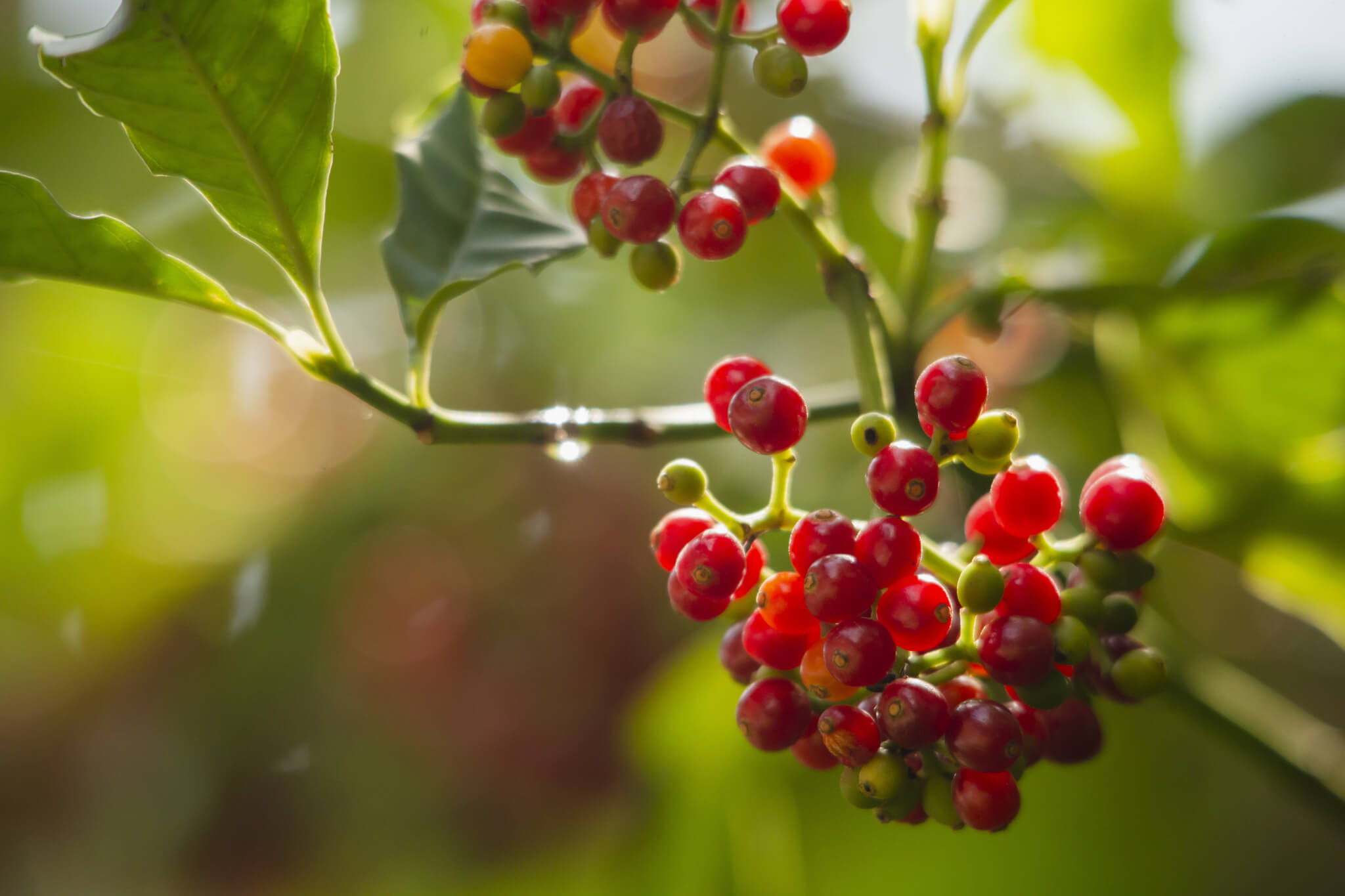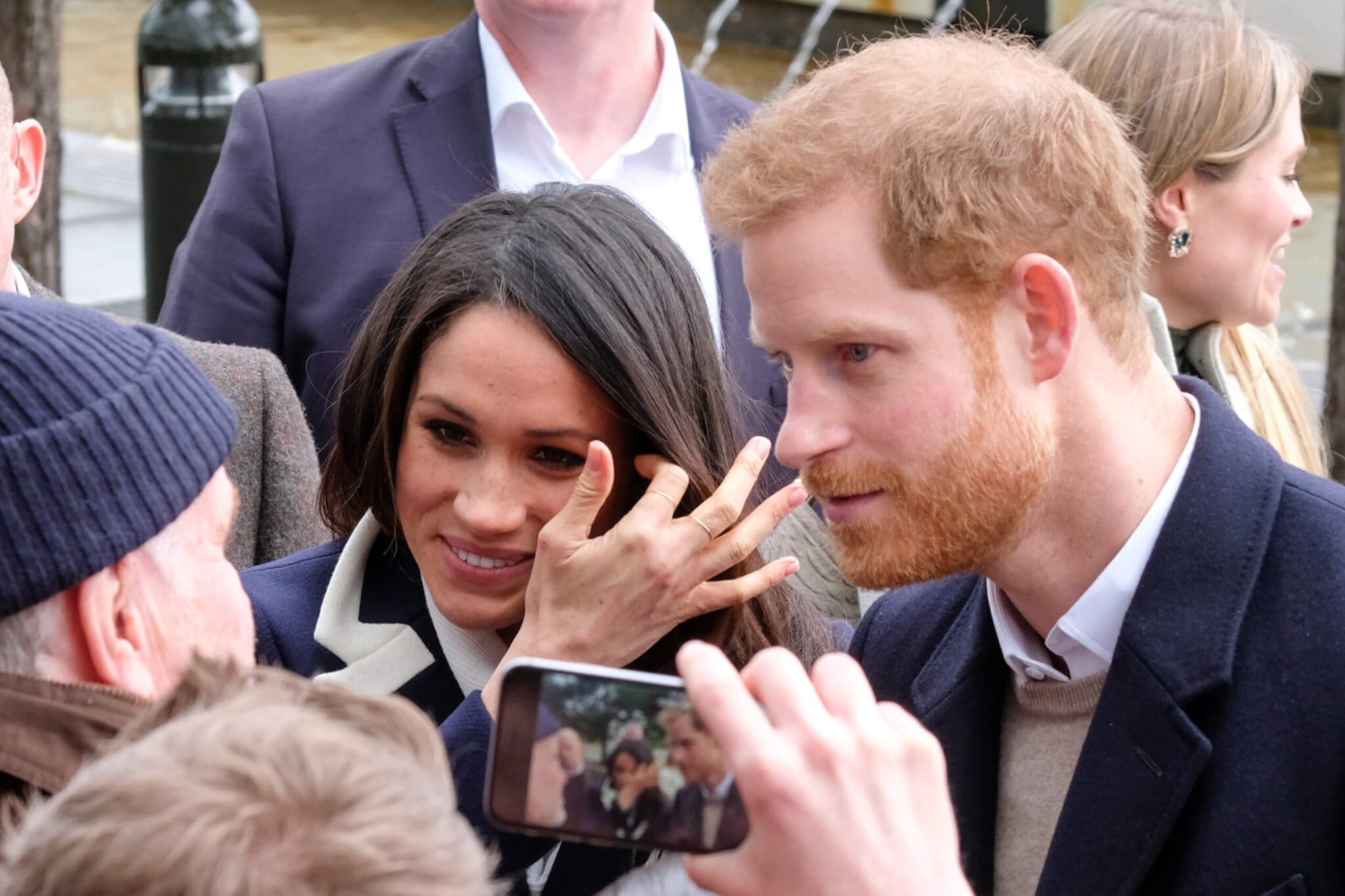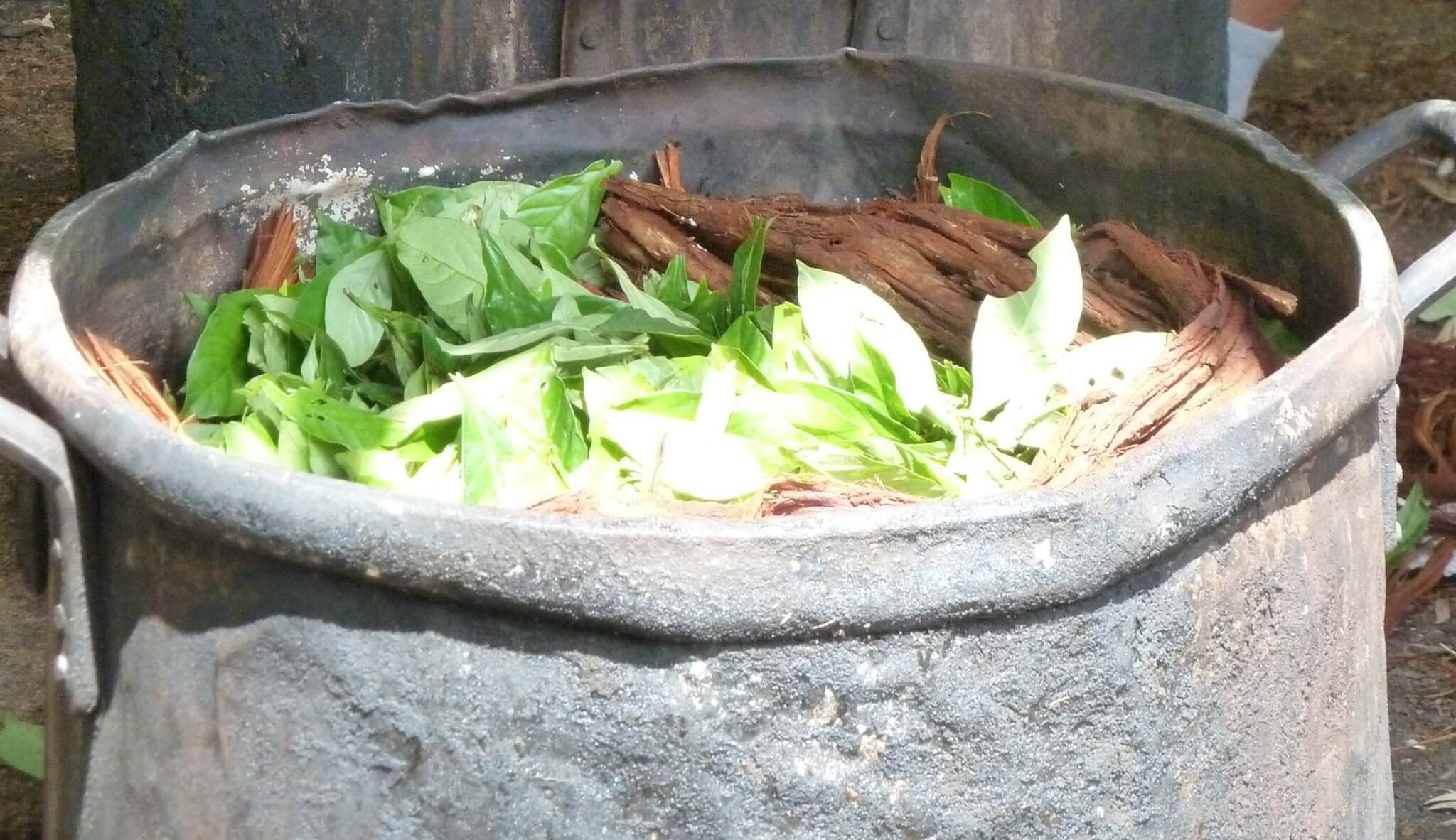LONDON — Ayahuasca, an Amazonian-based herbal tea that can produce psychedelic effects, has gotten some A-list attention recently. Prince Harry revealed in a recent online chat that he turned to the trippy tea to help him better deal with pain following the tragic death of his mother, Princess Diana. Similarly, NFL quarterback Aaron Rodgers admitted to consuming the powerful drink to help him overcome his fear of dying. Now, new research shows that taking ayahuasca creates intense psychedelic experiences by altering one’s perception of reality.
The active ingredient in ayahuasca, DMT (dimethyltryptamine), sometimes called “Dimitri,” is found in the tropical vine Banisteriopsis caapi. According to scientists at Imperial College London, brain scans reveal how it alters conscious experience by changing behavior of neurons.
“What we have seen with DMT is that activity in highly evolved areas and systems of the brain that encode especially high-level models becomes highly dysregulated under the drug, and this relates to the intense drug ‘trip’,” explains first author Dr. Chris Timmerman, from the school’s Centre for Psychedelic Research, in a statement.
The highly potent compound produces immersive states of consciousness characterized by vivid and bizarre visions. They range from “visiting” alternative realities or dimensions to near death-style experiences.

An analysis of 20 healthy volunteers sheds light on the mechanisms behind them for the first time. The study participants were given an injection of the drug while the British team captured detailed images of their brains, charting activity changes before, during and after the trip.
“This work is exciting as it provides the most advanced human neuroimaging view of the psychedelic state to date,” says Timmerman. “One increasingly popular view is much of brain function is concerned with modeling or predicting its environment. Humans have unusually big brains and model an unusually large amount of the world. For example, like with optical illusions, when we’re looking at something, some of what we’re actually seeing is our brain filling in the blanks based on what we already know.”
Why do people use ayahuasca for psychedelic experiences?
Tribes in the jungles of Peru, Bolivia and Ecuador have been using the powerful brew for thousands of years to bring “spiritual enlightenment.” Ayahuasca is also popular with young Western travelers experimenting while they journey through South America.
Earlier this month Prince Harry revealed taking the psychedelic drug triggered feelings of “release” and “comfort.” He likened the experience to “cleaning the windshield,” and “the removal of life’s filters” similar to the way filters can alter the way a photo appears on Instagram.
“It removed it all for me and brought me a sense of relaxation, release, comfort, a lightness that I managed to hold on to for a period of time,” he told trauma specialist Gabor Maté. “‘I started doing it recreationally and then started to realize how good it was for me, I would say it is one of the fundamental parts of my life that changed me and helped me deal with the traumas and pains of the past.”

Health experts slammed him as irresponsible. The hallucinogenic can cause health problems both mental and physical. It has been linked to a spate of deaths.
Rodgers also defends his use of ayahuasca and suggests putting it the same class as drugs like cocaine is unfair. “Ayahuasca is not a drug,” he explained on The Pat McAfee Show. “It has properties in it that have hallucinogenic abilities. But it’s not a drug. We’re talking about plants here.”
Closer look at how effects of DMT on the brain
For the study, participants were injected with a high dose of DMT (20mg) while wearing EEG (electroencephalography) skull caps that measure brain waves. They also underwent fMRI (functional magnetic resonance imaging). Over a period of about 20 minutes they provided regular subjective ratings of the intensity of the experience on a scale of 1 to 10.
Effects identified on screen included increased connectivity across the brain, with more communication between different areas and systems.
These phenomena are known as “network disintegration and desegregation” and increased “global functional connectivity.” They were most prominent in regions linked with “higher level” human-specific functions, such as imagination.
Combining techniques to watch the brain during a highly immersive psychedelic experience is unique in the medical literature. It adds to evidence that DMT — and other psychedelics — exert their effects by disrupting high level brain systems.
“Motivated by — and building on our previous research with psychedelics — the present work combined two complementary methods for imaging the brain imaging, says senior author Robin Carhart-Harris, founder of the Centre for Psychedelic Research. “fMRI allowed us to see the whole of the brain – including its deepest structures – and EEG helped us view the brain’s fine-grained rhythmic activity.

“Our results revealed when a volunteer was on DMT there was a marked dysregulation of some of the brain rhythms that would ordinarily be dominant,” continues Carhart-Harris, who now works at the University of California, San Francisco. “The brain switched in its mode of functioning to something altogether more anarchic. It will be fascinating to follow-up on these insights in the years to come. Psychedelics are proving to be extremely powerful scientific tools for furthering our understanding of how brain activity relates to conscious experience.”
Compared to classic psychedelics such as LSD or psilocybin, DMT’s impacts are relatively brief, lasting a matter of minutes rather than hours.
Ironically, Prince Harry has repeatedly been accused of losing touch with reality since splitting from the Royal Family. Meanwhile, Rodgers’ storied career, yet trouble relationship with the Green Bay Packers appears to be reaching its end as he’s declared his intentions to play for the New York Jets in 2023. His latest revelation came following a different trip — one that involved him immersing himself in darkness for days.
The study on ayahuasca and DMT is published in Proceedings of the National Academy of Sciences.
South West News Service writer Mark Waghorn contributed to this report.
